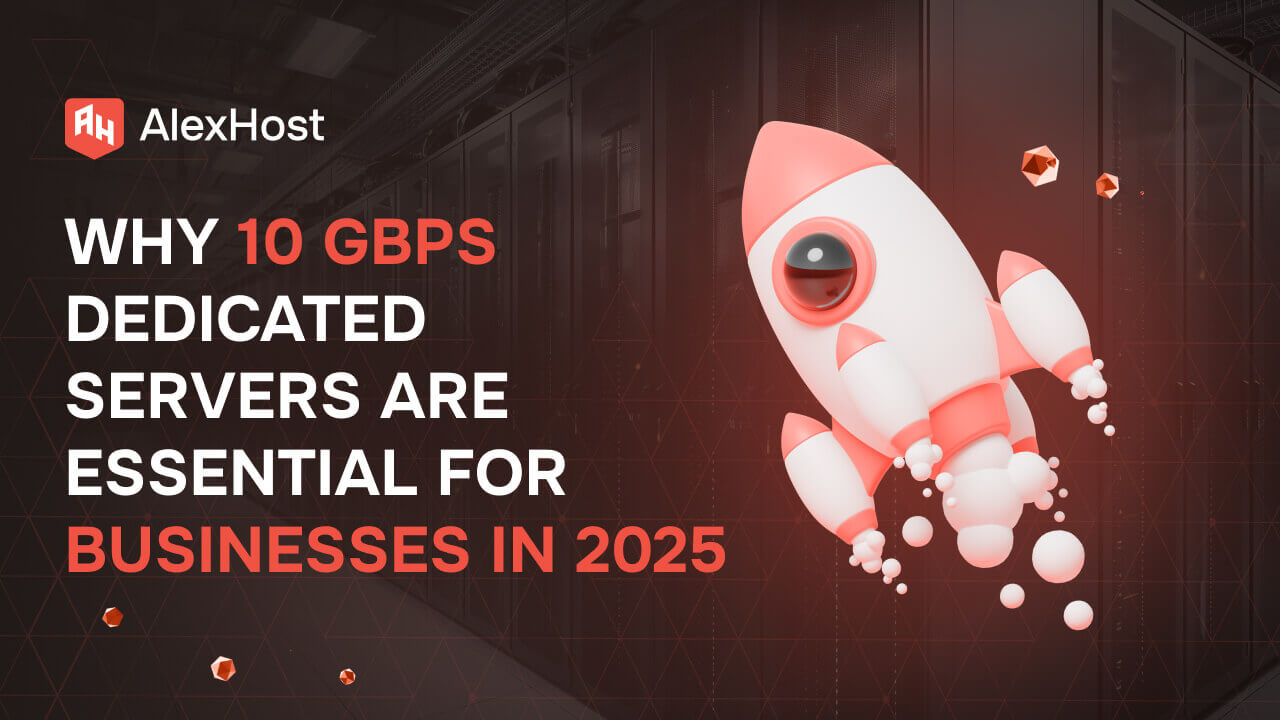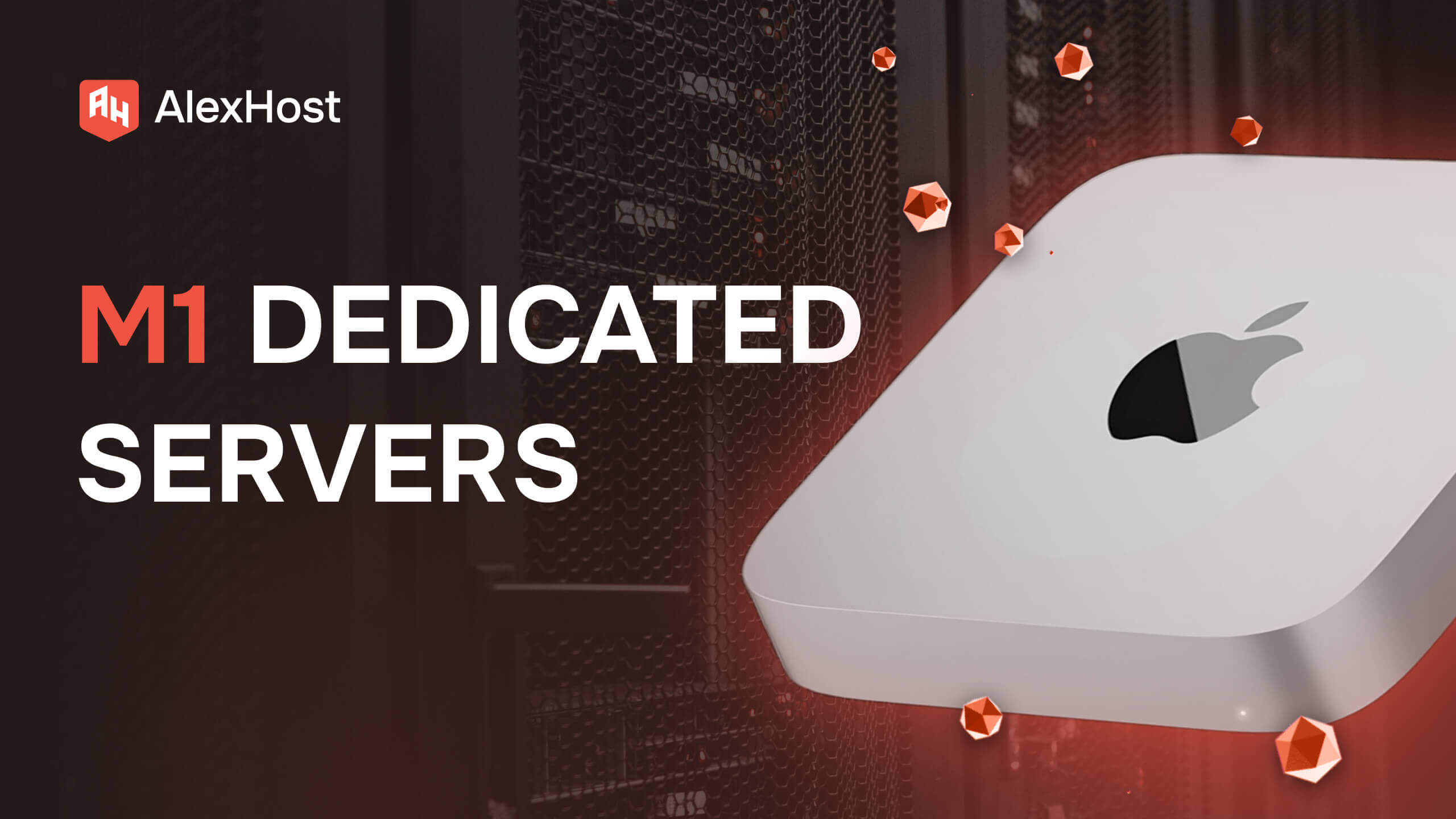The Rise of Edge Computing: What Does It Mean for Hosting Providers?
As digital experiences become increasingly real-time, intelligent, and location-aware, edge computing is transforming the global IT landscape. For hosting providers, the implications are profound: a shift from centralized architectures to distributed, latency-aware infrastructure that can deliver data and compute where they are needed most—at the edge.
Understanding the Edge: Moving Compute Closer to the Action
Traditional cloud and hosting services centralize workloads in large, remote data centers. This works for many applications, but edge computing flips this model—bringing data processing physically closer to where it’s generated: at devices, branch offices, or regional micro-data centers.
Key drivers of edge computing include:
- IoT proliferation and sensor-based environments
- 5G networks enabling ultra-low latency
- Real-time AI inference (e.g., facial recognition, predictive maintenance)
- Data sovereignty and privacy concerns
- Autonomous systems (vehicles, robotics, drones)
Instead of relying solely on core cloud regions, these applications require distributed compute nodes to function reliably and in real time.
The Technical Impact on Hosting Providers
Edge computing introduces new architecture demands. Hosting providers that want to stay relevant must rethink infrastructure across four dimensions:
🌍 Geographic Distribution
In the context of edge computing, proximity to the end user is critical. Centralized hosting—relying on a few large, distant data centers—creates latency that can hinder real-time applications such as IoT, video analytics, or autonomous systems. To meet the demands of ultra-low-latency processing and localized data handling, hosting providers must strategically deploy regional and edge nodes.
This involves building or partnering in geographically distributed locations, such as:
- Micro data centers near urban and industrial zones
- Edge POPs (Points of Presence) closer to 5G towers or smart infrastructure
- Localized hosting zones that comply with national data sovereignty laws
By shifting compute power to the edge of the network, providers enable faster response times, reduced backhaul traffic, and improved reliability for time-sensitive workloads. This also unlocks new service models—such as location-aware content delivery or real-time industrial AI—positioning providers as agile infrastructure partners for emerging digital ecosystems.
⚙️ Hardware Specialization
Edge computing demands tailored hardware optimized for performance and efficiency in distributed environments. This includes:
- Low-power CPUs for efficient on-device processing
- High-speed SSDs for rapid data caching and local access
- GPU acceleration (e.g., NVIDIA Tesla P4/T4) to handle real-time AI inference
Such specialized infrastructure ensures low latency, reduced energy consumption, and high reliability at the network edge.
📊 Scalable Orchestration
Edge environments require dynamic, lightweight, and automated infrastructure management. Traditional hosting panels like cPanel aren’t built for this scale or complexity. Hosting providers must instead adopt:
- Container orchestration (Docker, Kubernetes) for flexible, portable deployments
- DevOps automation to manage updates, scaling, and failovers remotely
- Minimalist, stateless OS stacks for fast provisioning and low resource consumption
This orchestration layer ensures reliable operations across thousands of distributed edge nodes.
🔐 Security at Scale
The distributed nature of edge computing expands the attack surface, making robust security essential. Hosting providers must implement:
- Secure boot and firmware validation to prevent tampering at hardware level
- Role-based access controls (RBAC) for precise user and process permissions
- Edge-optimized firewalls and monitoring to detect threats in real time
Scalable, proactive security is critical to maintaining trust and uptime in edge deployments.
How AlexHost Is Preparing for the Edge
At AlexHost, we’ve engineered our hosting stack with edge-readiness in mind, combining performance, geographic strategy, and developer control:
🎯 Strategic Location
Our data center in Moldova offers low latency to Europe and Asia, backed by 50 Gbps total bandwidth, 1.6 MW capacity, and advanced DDoS protection up to 1 Tbps. This makes us ideal for hosting regional edge nodes with regulatory insulation and minimal congestion.
🦾 AI & GPU Hosting Infrastructure
We offer:
- NVIDIA Tesla P4 & T4 GPU nodes – ideal for edge AI inference
- The latest NVIDIA (2x RTX 4070 Ti SUPER) or AMD GPU architecture (e.g.Ryzen™ 9 3950X and i9-7900x)
- Bare-metal access – no virtualization overhead, full performance control
These systems are designed to run LLMs, computer vision models, IoT logic, and containerized services at the edge efficiently.
👨💻 Full Developer Control
AlexHost empowers developers with complete control over their infrastructure — critical for deploying and scaling modern AI and edge workloads. Clients benefit from:
- Root-level access – Full administrative rights to configure the environment as needed
- Unmetered bandwidth (1–10 Gbps) – High-speed, unrestricted data transfer for training, inference, and distributed workloads
- Custom OS deployment & preloaded CUDA environments – Flexibility to choose any Linux distribution or launch with AI-ready stacks out of the box
- Support for container orchestration & ML frameworks – Seamless integration with Docker, Kubernetes, PyTorch, TensorFlow, and more
This level of freedom ensures developers can build, test, and deploy without limitations — on infrastructure tailored to their workflow.
Whether you’re deploying an autonomous agent, a smart surveillance backend, or an industrial analytics node — AlexHost gives you the building blocks.
The edge is no longer a frontier—it’s a critical layer in digital infrastructure. Hosting providers who evolve toward low-latency, AI-capable, and regionally distributed solutions will become the cornerstone of tomorrow’s IT stack.










